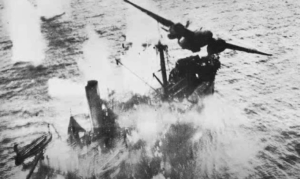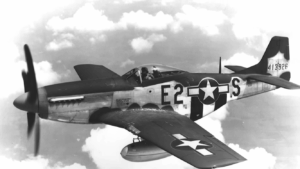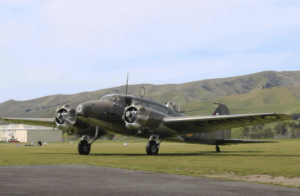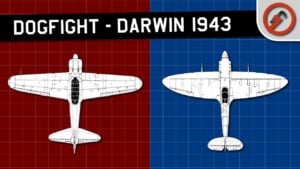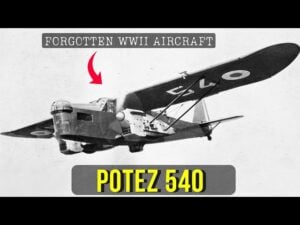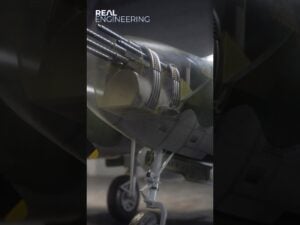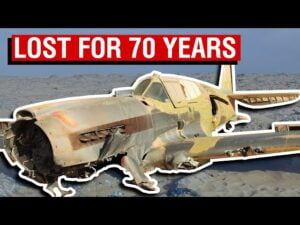How Boeing Made the Legendary F-4 Even Better
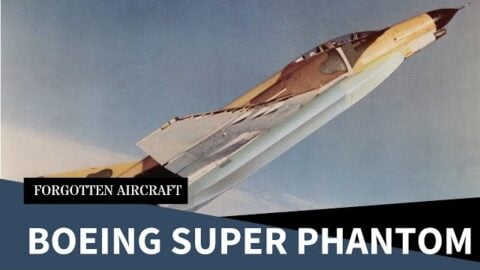
YouTube / Ed Nash's Military Matters
The F-4 Phantom II earned its place among the greats — but unlike the piston-driven legends of WWII, it was born into a new age of jet warfare. Fast, versatile, and deadly, the Phantom served from the 1960s through decades of Cold War tension. Yet by the 1980s, this once-mighty warbird was starting to show its age. That’s when Boeing — a company more associated with B-17s and B-29s than fighters — made a bold pitch: a modernized “Super Phantom.”
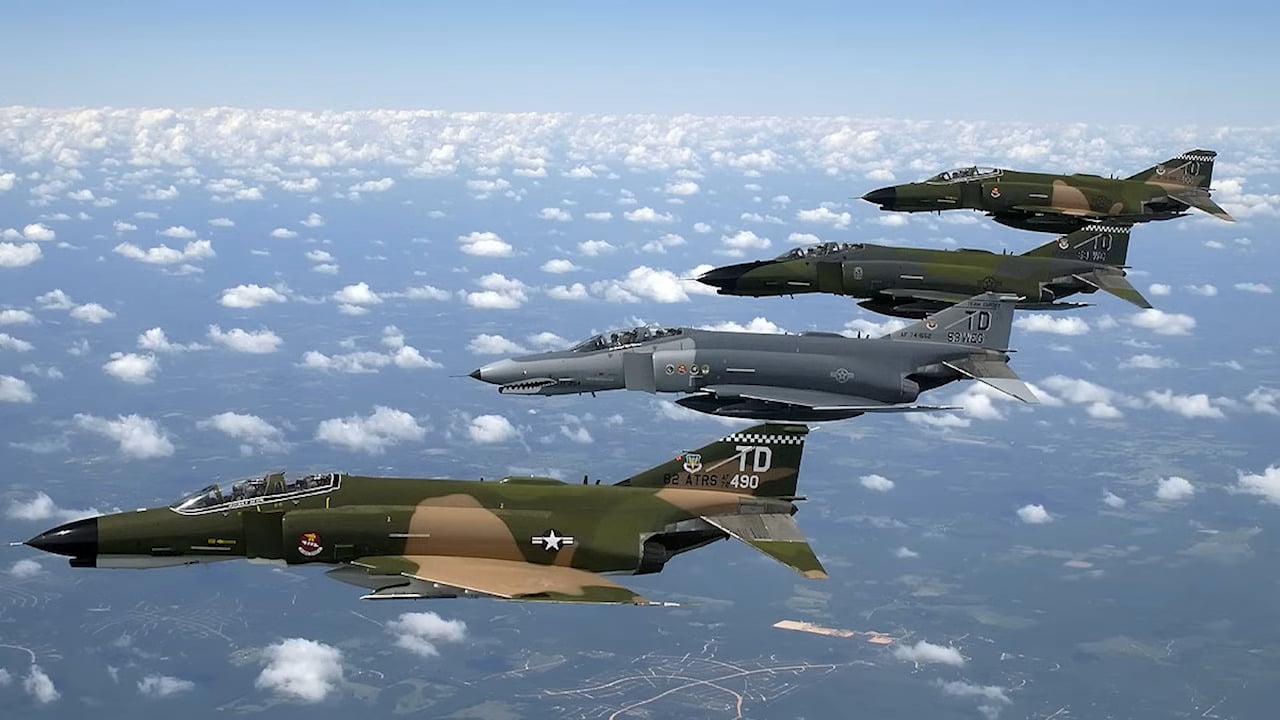
A Fighter with Longevity
Introduced in 1961, the F-4 Phantom had already proven itself in Vietnam, the Middle East, and beyond. Nearly 2,500 Phantoms were still flying with U.S. forces and allies as late as 1983. But these jets were rapidly falling behind modern fighters like the F-15 and F/A-18.
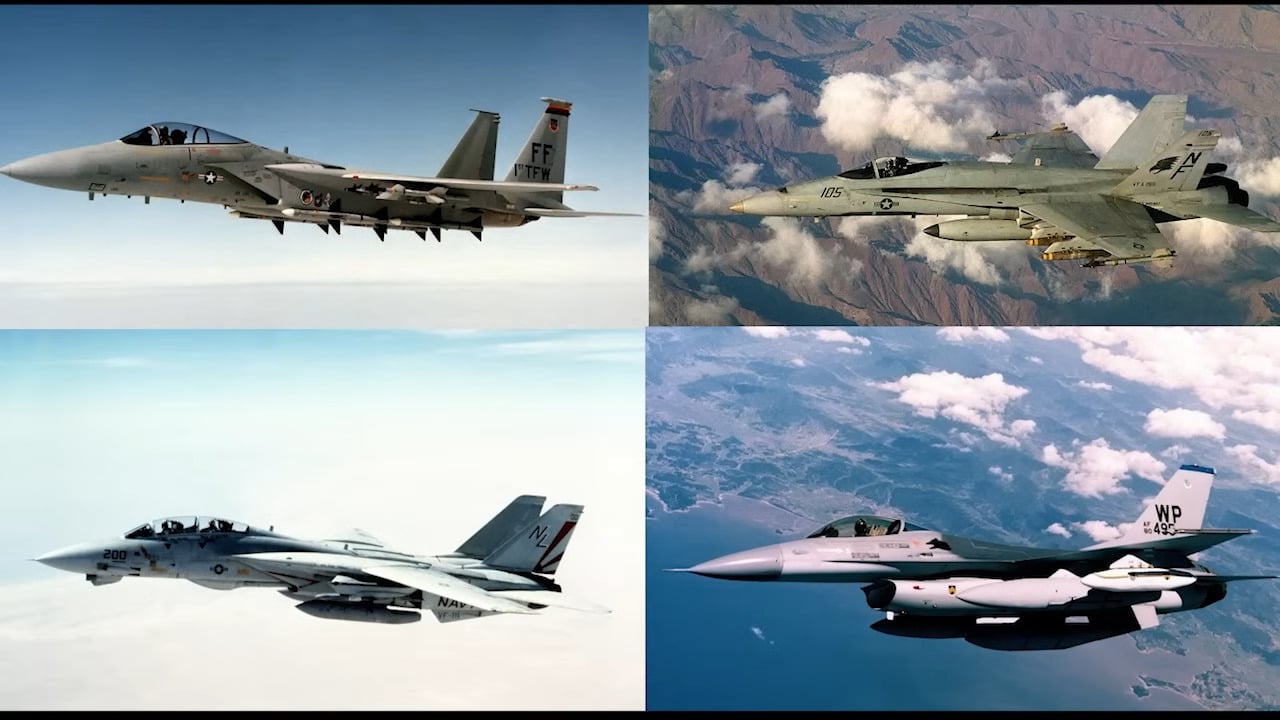
While McDonnell Douglas, the Phantom’s original maker, was busy churning out newer designs, the Pentagon looked elsewhere for a stopgap — to Boeing, of all companies.
This was surprising. Boeing hadn’t built a frontline fighter since the Peashooter — the P-26 of 1932! But Boeing stepped up.
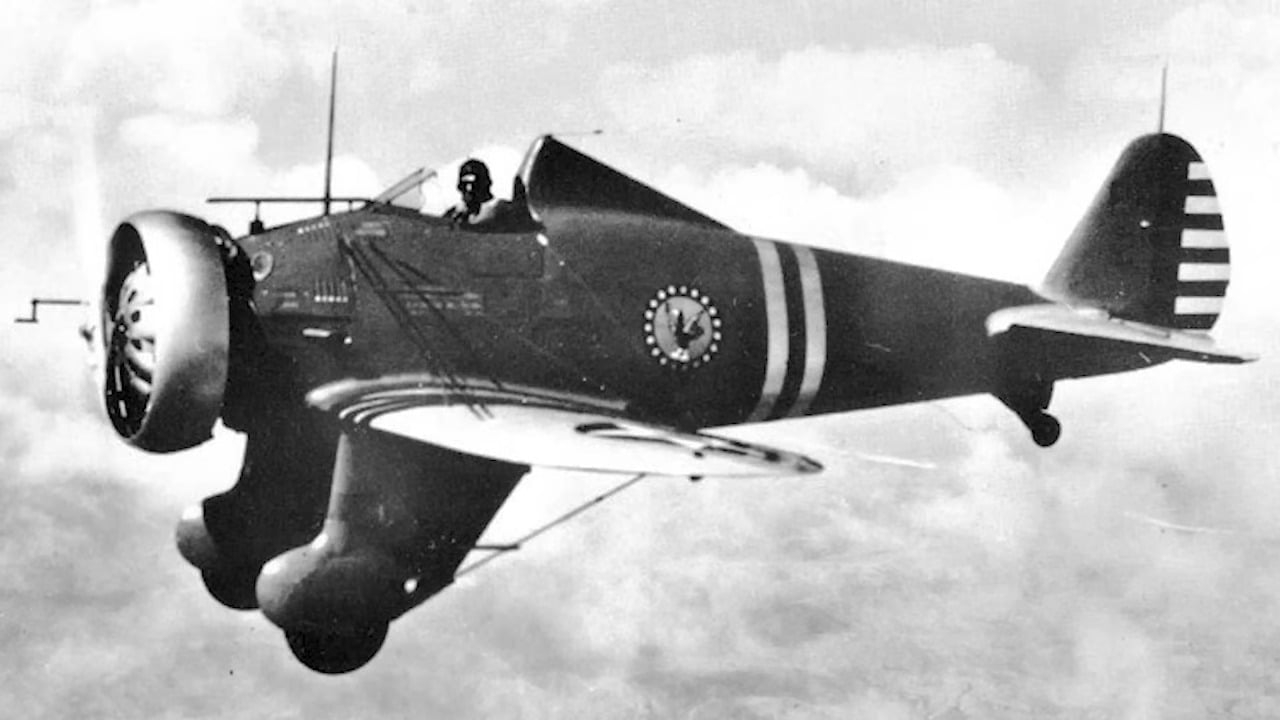
Enter the Super Phantom
In 1983, Boeing offered three Phantom upgrade packages. At the core was a new engine: replacing the aging J79 turbojets with powerful Pratt & Whitney PW1120 turbofans, boosting performance and reliability.
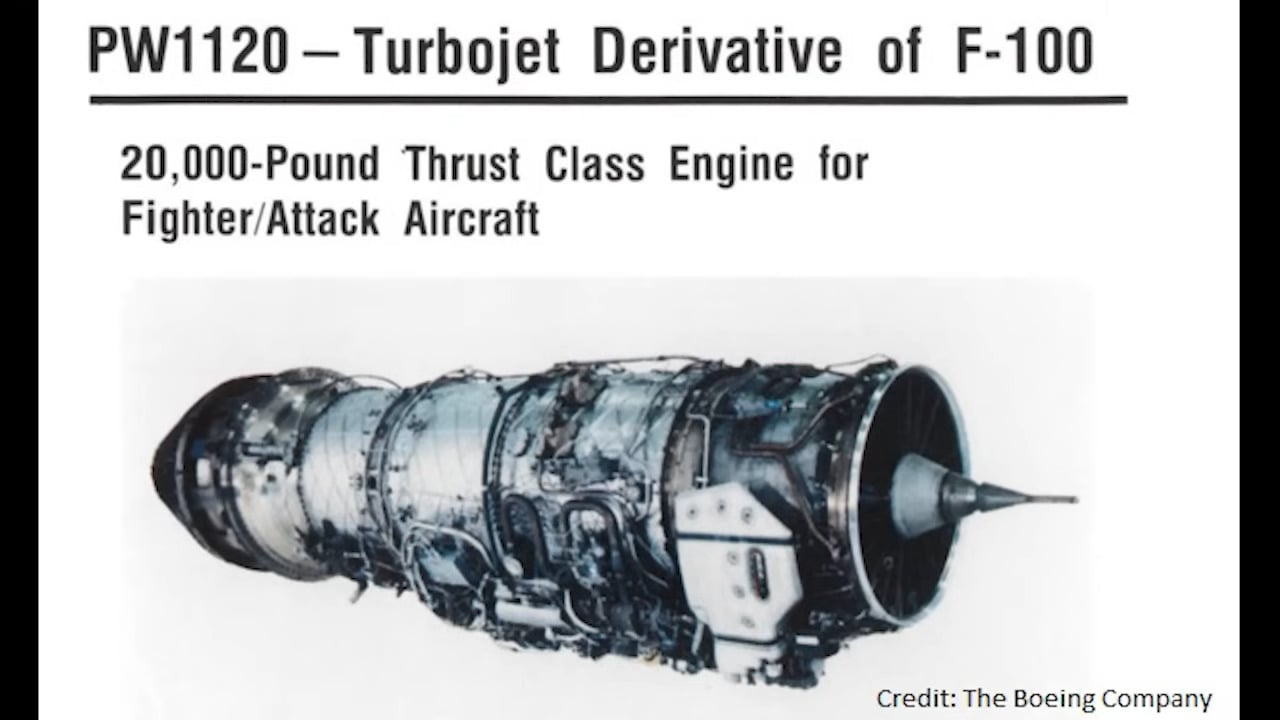
One version added conformal fuel tanks to extend range. The top-tier option revamped the Phantom’s electronics with cutting-edge systems, including the APG-65 radar used in early F/A-18 Hornets.
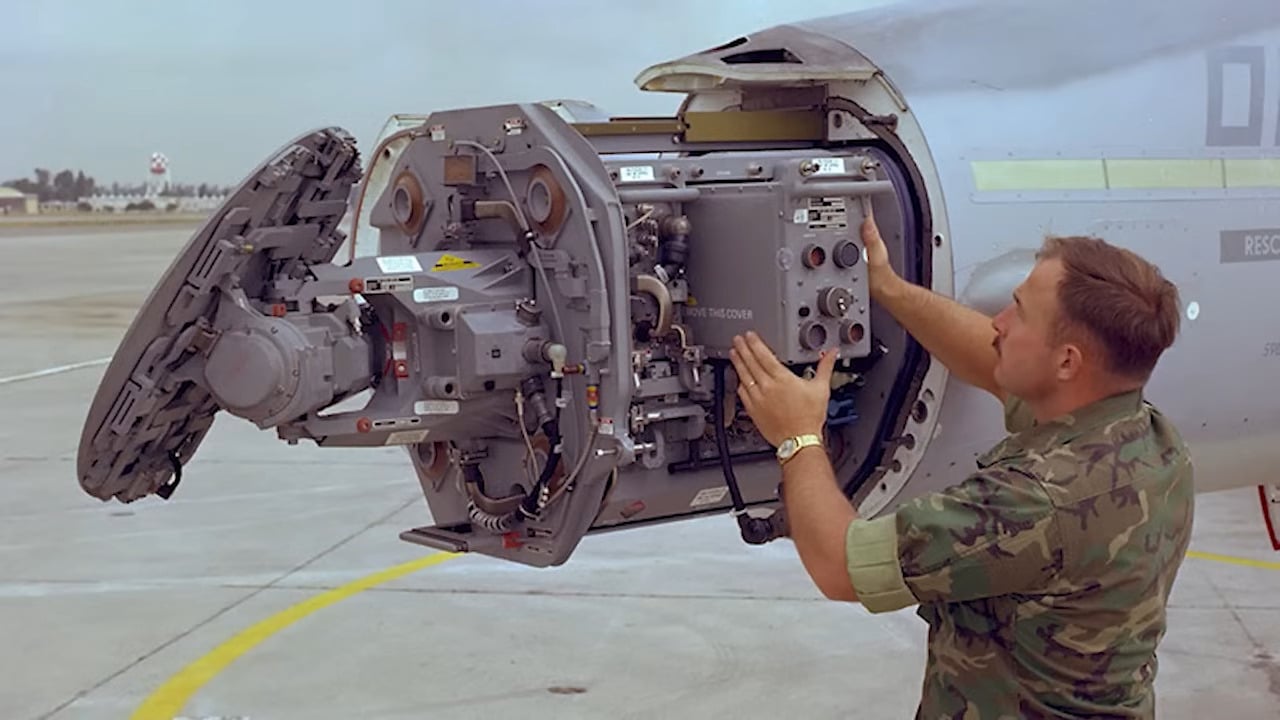
Each upgrade promised to give the Phantom a new lease on life — all for just $7–9 million per jet. Compared to buying a new fighter, it was a bargain.
But It Wasn’t to Be
Despite Boeing’s best efforts, the Air Force wasn’t convinced. No matter how much you polished it, the Phantom was still a 1950s airframe. Strategic thinking had shifted — away from upgrades and toward brand-new platforms. The rise of stealth, digital avionics, and long-range strike doctrine made even a modernized Phantom seem dated.
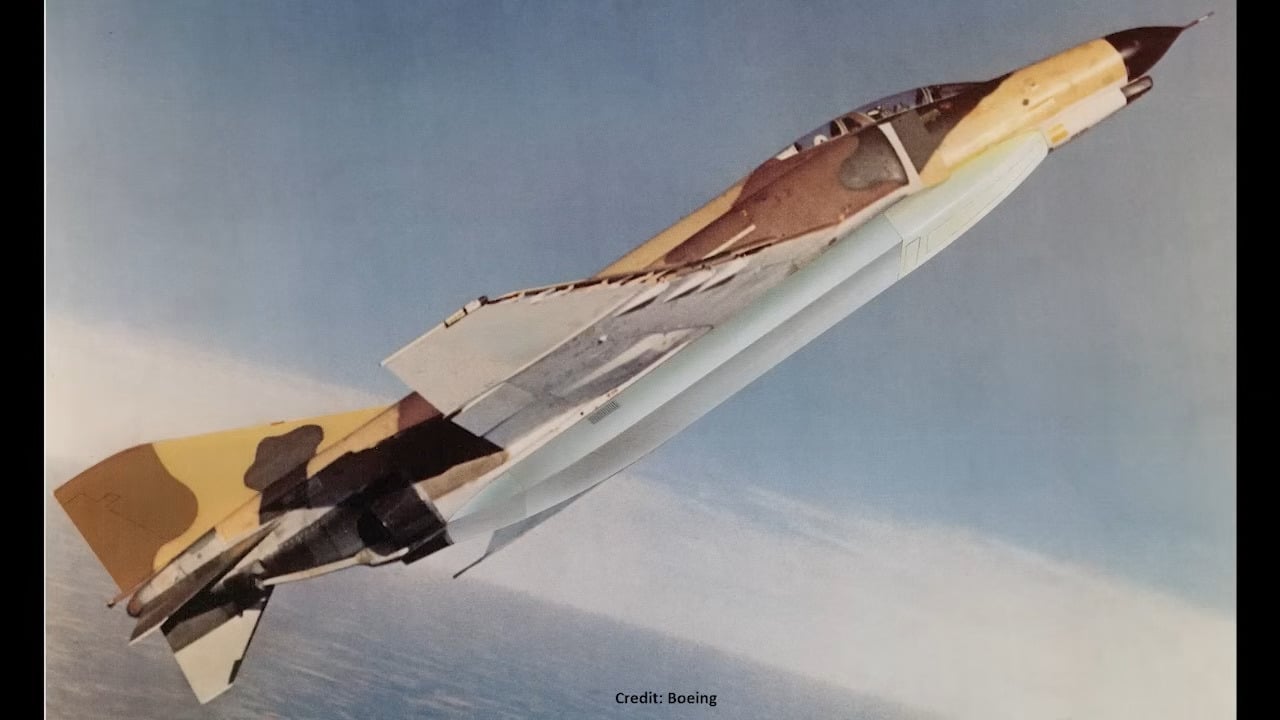
In the end, the Super Phantom never flew. No prototypes were built, and the concept faded into the shadows — an ambitious idea that never got off the ground.














